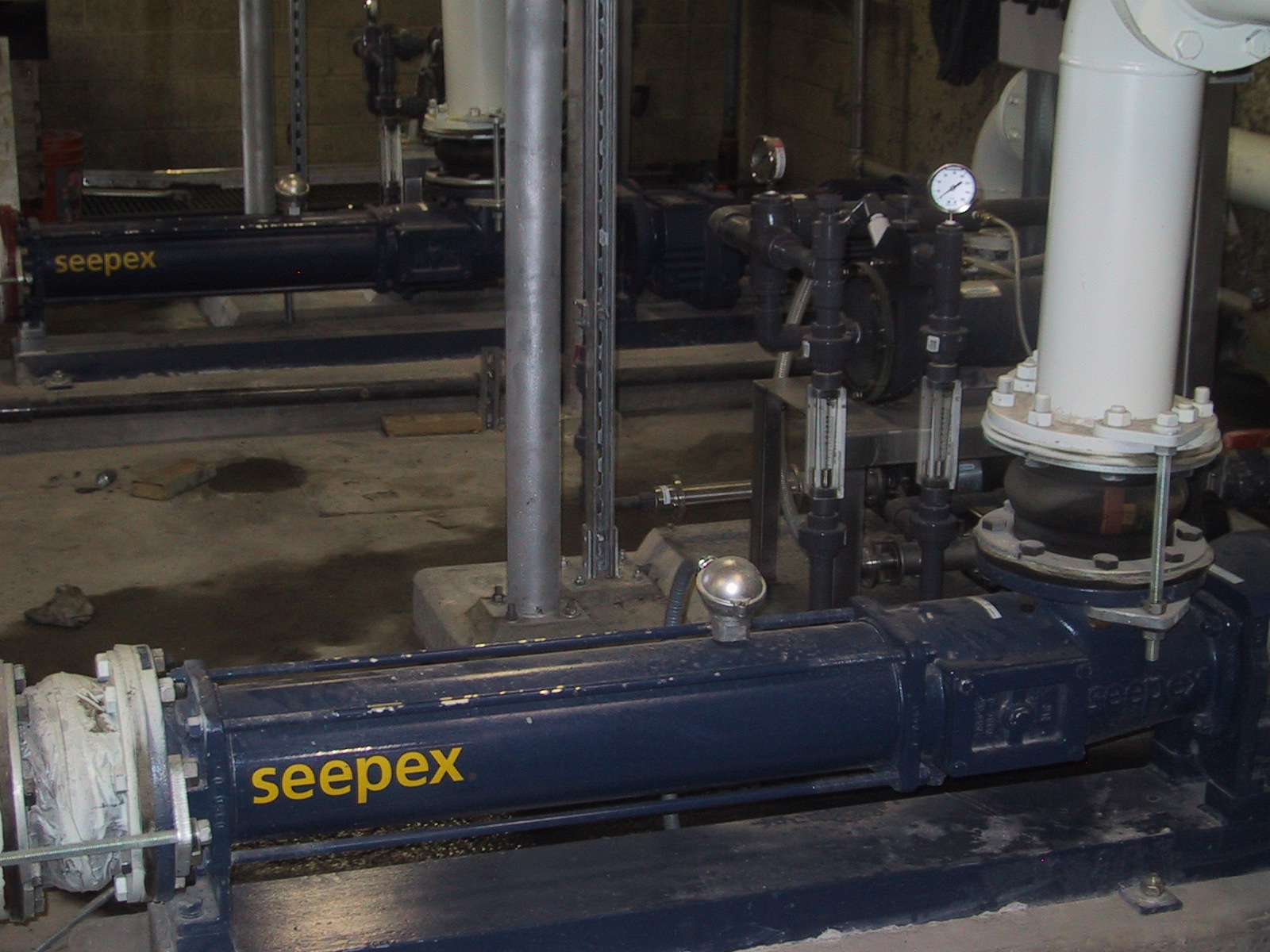A progressive cavity pump provides an ideal solution to a difficult pumping application.
Pumping applications come in varying degrees of difficulty and complexity. It is not unique to any one industry or pump type. This makes selecting the right pump for a set of operating conditions an interesting challenge.

Shear-Sensitive, Abrasive & Mixed Fluids
Progressive cavity pumps (PCP), due to their inherent design and performance—are suitable for difficult applications. The handling of shear sensitive fluids; highly abrasive slurries; or a mixture of solids, liquids and gases can be efficiently handled by this type positive displacement pump.
Unlike many industries, applications in oil and gas are more difficult since the incoming flow can be non-uniform and is almost always a mixture of solids, liquids and gases—the percentage of which is not constant. Further complication results from gases being dissolved in the oil and water mixtures and the presence of condensates.
Gas Condensates
Even slight changes in temperature and pressure can cause condensates to vaporize resulting in major damage to pumps. Gas condensates can also lead to the formation of waxes, which alters the flow characteristics significantly from Newtonian to non-Newtonian. Related problems result in increased operating costs.
Condensates at High Altitudes
The handling of gas condensates is a difficult problem and draws upon the challenges of all pump technology. One such problem was extraordinarily difficult because the location, Evanston Wyo., was at an altitude of approximately 7,000 feet above sea level. The Net Positive Suction Head Required (NPSHR) in this case was extreme due to the altitude. At higher altitude, the density of the air is much thinner than at sea-level. Therefore the equipment, pumps and motors, have to be adjusted to work efficiently in a less air-dense environment. This made everything much more difficult, and restricted the pump choices.
The PCP was the only pump that could handle the operating conditions and also the low NPSHR. In addition to the performance, it also offered the most economical alternative.
The selection of the PCP to solve the condensate pumping problem was based on several advantages:
- It is able to handle very high gas fractions, in excess of 99 percent, and was able to handle the condensate stream.
- The PCP was not affected by changes in the proportion of condensates or liquids, so the performance of the pump was not affected by variability in condensation or vaporization of the pumped medium.
- It was able to function in a low NPSHR situation with a high vapor pressure and a low atmospheric pressure.
Any other type of pump used in this well-site-to-storage- pumping application would have required a much higher NPSHR, which would have meant expensive methods to place the pump at a lower altitude. The overall cost of such an arrangement would have been prohibitive.
The PCP operated with ease at the higher altitude even with the motor de-rated, resulting in savings to the customer. It had a compact design, with all wetted parts made of duplex stainless steel. The Duktil coated rotor and fluoropolymer stator were selected for service life longevity with minimum maintenance. A 100-horsepower motor operated the pumps at 225 rpm for a flow rate of 350 gallons per minute. The pump was equipped with special dry running protection device.
A Long-Term Solution
The PCPs have been operating trouble free for more than eight years. There are many difficult applications, but this one was unique because every parameter was extreme in its scope, and the collective conditions imposed additional restrictions. However, the carefully engineered PCP provided a long-term solution that continues to operate successfully.
Pumps & Systems, February 2012


